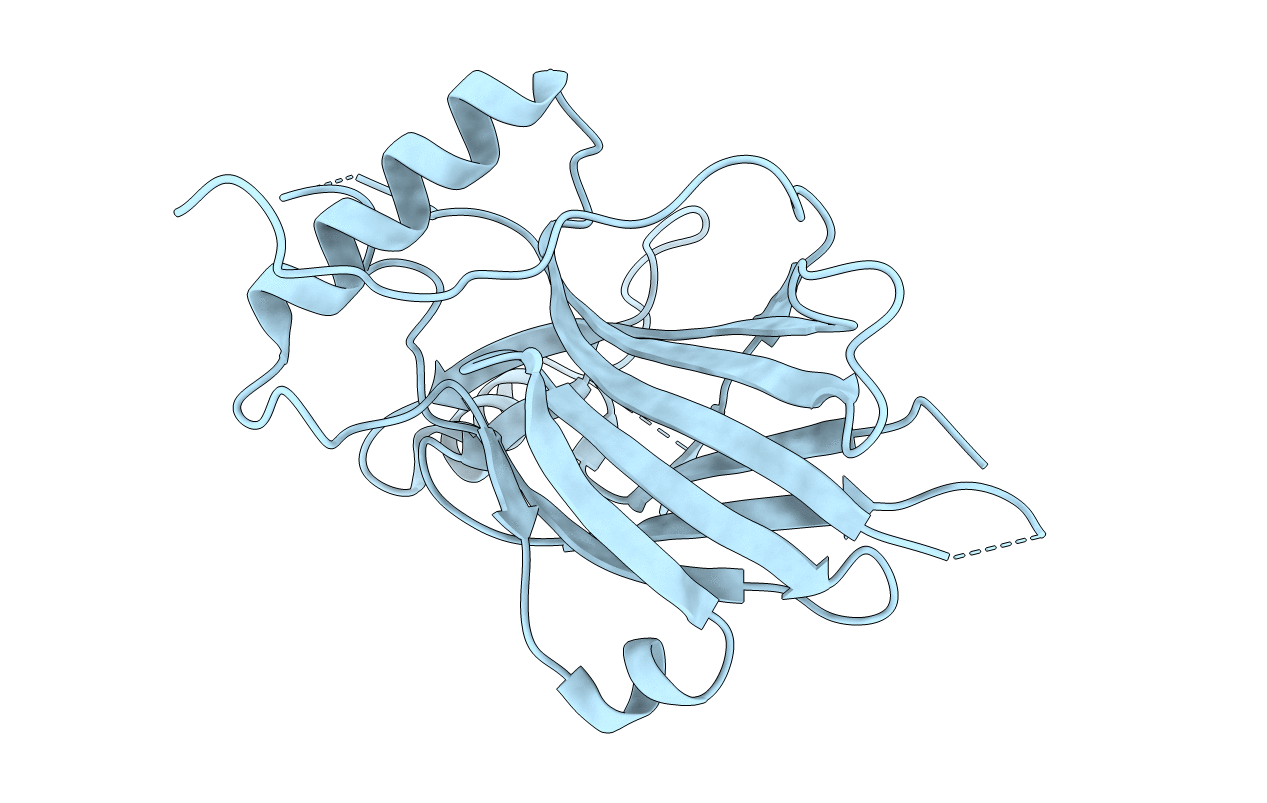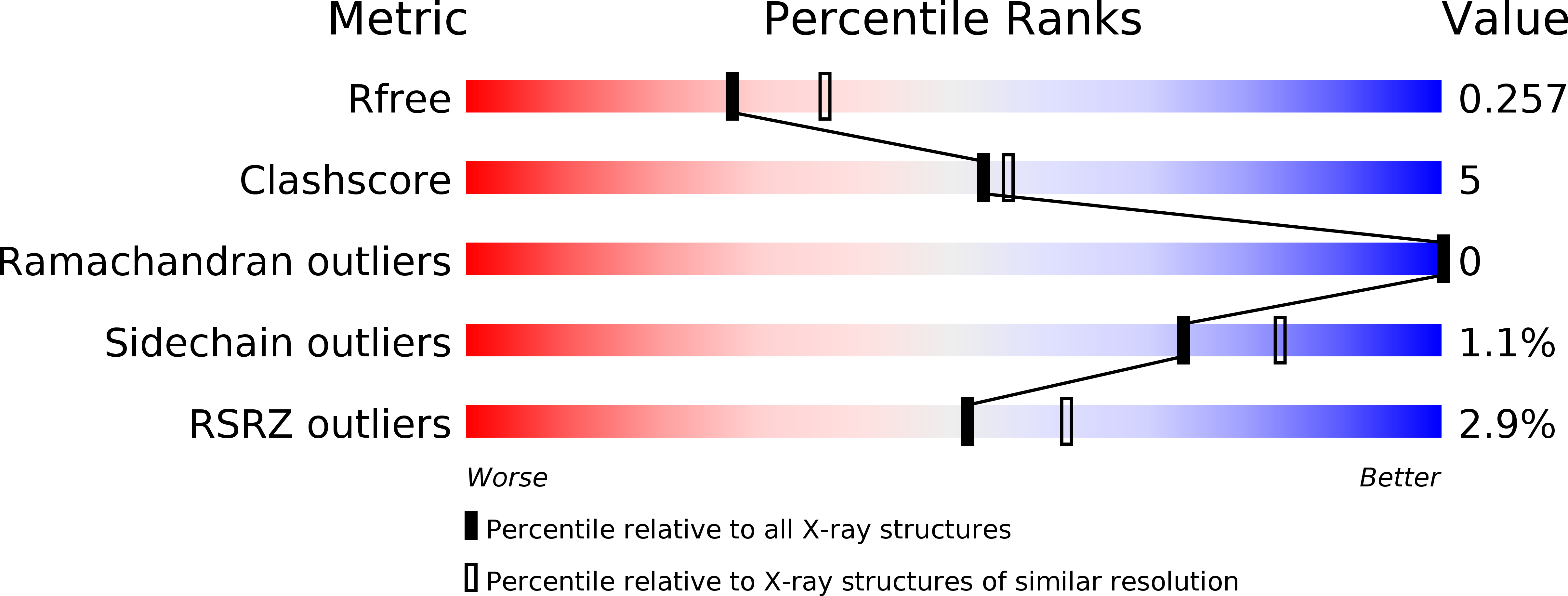
Deposition Date
2016-12-16
Release Date
2018-01-17
Last Version Date
2024-05-08
Entry Detail
PDB ID:
5MPI
Keywords:
Title:
Structural Basis of Gene Regulation by the Grainyhead Transcription Factor Superfamily
Biological Source:
Source Organism:
Homo sapiens (Taxon ID: 9606)
Host Organism:
Method Details:
Experimental Method:
Resolution:
2.35 Å
R-Value Free:
0.25
R-Value Work:
0.22
R-Value Observed:
0.22
Space Group:
P 61 2 2


